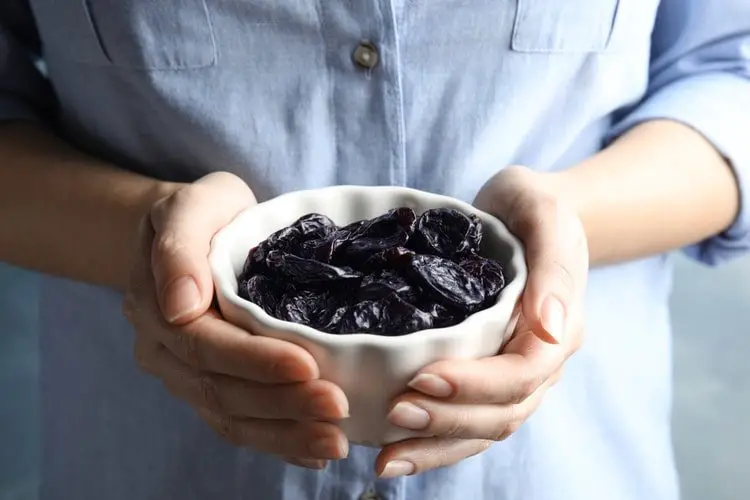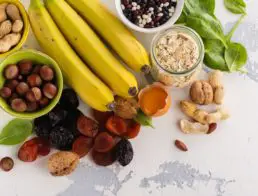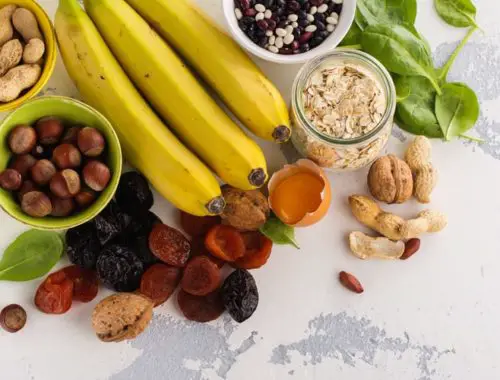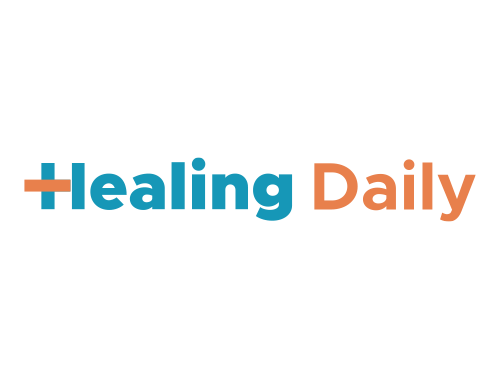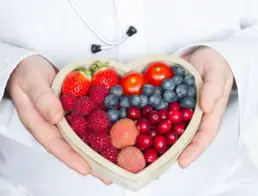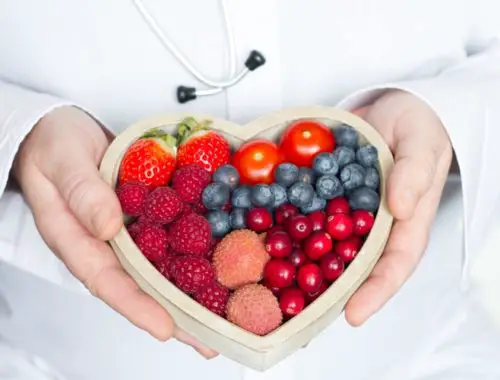Are you feeling constipated right now? Are you stuck in your bathroom hoping to find some answers on how to relieve constipation fast? You probably have things to get done today, and being constipated is a real roadblock.
If you’ve been struggling with constipation, we’ve got several things you can do to get your gut moving again. Some of these steps may relieve constipation rather quickly, whereas others need daily effort to see results.
Why am I so constipated?
Constipation is a normal occurrence that happens to many people every once in a while. However, if you are dealing with frequent or chronic constipation, there are ways to help relieve it. Keep reading for quick tips to relieve constipation and how to lessen your chances of future constipation.
If you’re worried that your constipation is extreme, be sure to read the “When should I see a doctor?” section at the end of the article.
How to Relieve Constipation Fast
The list of suggestions below is organized based on how fast these steps can be completed. Feel free to skip around.
Steps 1-4 hopefully give you fast relief to get you out of the bathroom and on with your day. However, make sure you continue doing steps 1-4 regularly to help prevent further episodes of constipation.
Steps 5-8 focus on daily changes to reduce constipation for the long haul.
Step 1: Drink some water
Many people can relieve constipation by drinking more fluid on a regular basis. However, try drinking a big glass of water and see if your bowels respond. You may need to wait 20-30 minutes to get some stimulation.
Fluid helps move things along in the digestive tract. Plus, fluid can make your stool softer and easier to pass. To avoid constipation next time, make sure you are drinking enough water by using this awesome time-marked water bottle. It helps keep you on track by the hour. Plus, there’s tons of trendy designs!
Step 2: Try some coffee
It is not uncommon for coffee to spark your need to go. The research behind why this occurs (and why it happens to some people and not others) is limited and inconclusive (1). However, you may want to try drinking a cup of coffee to stimulate the bowels.
But don’t go drinking a whole pot of coffee! While a few cups of coffee may help, drinking too much can dehydrate you (2). Dehydration can cause constipation.
Step 3: Mobility equals gut motility
It is important that we get physical activity everyday for our health (and regular bowel movements). Think of movement and exercise as a way to massage the gut and get it moving.
Even though you’d probably rather curl up in a ball, you might relieve your constipation if you get up and move around. Try walking, jogging, yoga, stretching or abdominal exercises. If you feel some gas pass, then you’re making progress.
Step 4: Over-the-counter options for relief now
If you have tried steps 1-3 without success, you may need to use over-the-counter laxatives, enemas or stool softeners to get constipation relief now. Be wary of side effects like bloating, gas, diarrhea, abdominal cramping, thirst and rectal/anal irritation. Long-term, regular use of these products is not recommended.
Step 5: Poop with prunes
There’s a reason your grandparents were avid prune eaters. Prunes have shown to increase stool weight, consistency and frequency in constipated people (3). I absolutely love Sunsweet Ones prunes because they are individually wrapped. I suggest popping a few prunes into your lunchbox or eating them as a dessert. They are a super sweet, delicious way to keep your bowels on track.
Step 6: Fat is your friend
Eating enough fat in your diet can help lubricate your stools so that they are easier to pass. Try to eat mostly heart healthy fats. Healthy fats come from nuts, nut butter, seeds, fatty fish, cooking oils (i.e. olive, grapeseed, canola) and avocados.
Step 7: Munch on some fiber
We get fiber from fruits, vegetables, nuts and whole grains. Fiber helps move things along in the gut and makes your stools easy to pass. Here’s a list of fiber foods to eat regularly:
- Oatmeal and quinoa
- Fresh or plain frozen fruit
- Fresh, roasted or plain frozen vegetables
- Whole grain bread, pasta and brown rice
- Beans and legumes like pinto beans, black beans and chickpeas
- Nuts and seeds
One important note: Don’t drastically increase your fiber all at once. Water should be increased if you are increasing your fiber intake. If you eat more fiber without drinking more water, then you can become constipated! Click here to learn even more about fiber and what to look for on product packaging.
Step 8: Give your gut some probiotics
Probiotics are microscopic organisms that live in your gut and help it function optimally. You can get probiotics from food or supplements. Foods with probiotics include kefir, kimchi, sauerkraut, pickled foods, tempeh, and yogurt.
Probiotic supplements such as Lovebug Probiotics contain several strands of probiotic bacteria and prebiotics (which are food for probiotics). I like this brand because it contains a specific strain called Bifidobacterium bifidum. This strain has been shown to help with constipation (4).
Currently, there is no set recommendation for how many probiotics you should eat in a day. However, consuming foods that contain probiotics (and prebiotics) as well as taking a supplement daily gives you a strong foundation for a healthy gut. Read our essential guide to probiotics to learn more.
When should I see a doctor?
There are a variety of medical conditions that can cause frequent constipation. Certain diseases like irritable bowel syndrome can cause constipation directly. However, constipation can also be a side effect of medication or medical treatments (i.e. chemotherapy and radiation). It is important to talk to your doctor if your constipation is frequently interfering with your life. Ask to be seen by a registered dietitian.
Do you suffer from bloating too? Read our article about how to get rid of bloating overnight.
